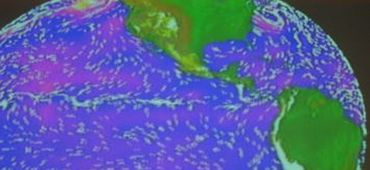Dual use research

Dual-use products can be used to develop highly potent
technological weapons, while at the same time being used for completely
civil purposes – it is for this reason they are called dual-use
products.
Examples of such products include various chemicals, nuclear material and highly technological machine tools. Other examples include medicine, microorganisms (including genetically modified organisms) and technology for the production of such products (including computer software).
The export of (certain) dual-use products is thus regulated not because they are dangerous by definition (such products fall under rules on biosafety), but because they can be used to develop weapons or other destructive objects. Legislation in this area assumes that trade in the majority of cases will be allowed; it is only in exceptional cases that permission is denied. This occurs when there is reasonable suspicion that the products might be used for the wrong reasons. However, when potentially serious international threats arise, there exists an obligation for authorities (including universities) to alert the coordinating authority. The major document regarding these issues is Regulation (EC) No 428/2009 of 5 May 2009 setting up a Community regime for the control of exports, transfer, brokering and transit of dual-use items.
Major conventions
One major convention is the Convention on the Prohibition of Chemical Weapons (CWC), which came into effect 29 April 1997. The CWC forbids the use and possession of chemical weapons, and contains rules for the destruction of chemical weapons and the facilities used for their production. Furthermore, the CWC mandates the inspection of the chemical industry to prevent any new production of chemical weapons. This inspection consists of the declaration of certain chemical industry facilities, inspections, and export regulation regarding non-CWC countries.
There is also a Biological and Toxin Weapons Convention (BTWC), although it lacks a verification regime (supervising authority).
The researcher’s responsibility
While researchers have a legislated responsibility to not spread the above-mentioned products without permission, it has been discussed whether they have a moral responsibility to take further measures. In 2005 in association with the BTWC, an extensive discussion took place regarding the possibility of establishing codes of conduct. In 2002, the WMA produced the Declaration of Washington on Biological Weapons for doctors. The InterAcademy Panel has issued a Statement on Biosecurity, which presents a number of researcher obligations. A Code of Ethics against Misuse of Scientific Knowledge, Research and Resources has come from the International Union of Microbiological Societies, and the International Association of Synthetic Biology has formulated an IASB Code of Conduct for Best Practices in Gene Synthesis. Pugwash has presented a Code of Ethics for Persons and Institutions Engaged in the Life Sciences. One of the more active players is National Science Advisory Board for Biosecurity, in the US, whose Proposed Framework for the Oversight of Dual Use Life Sciences Research have gained considerable following. Last, some journals have agreed upon some basic principles for how to deal with the publication of potentially dangerous knowledge ('Uncensored exchange').
Last updated: 2009-12-18

